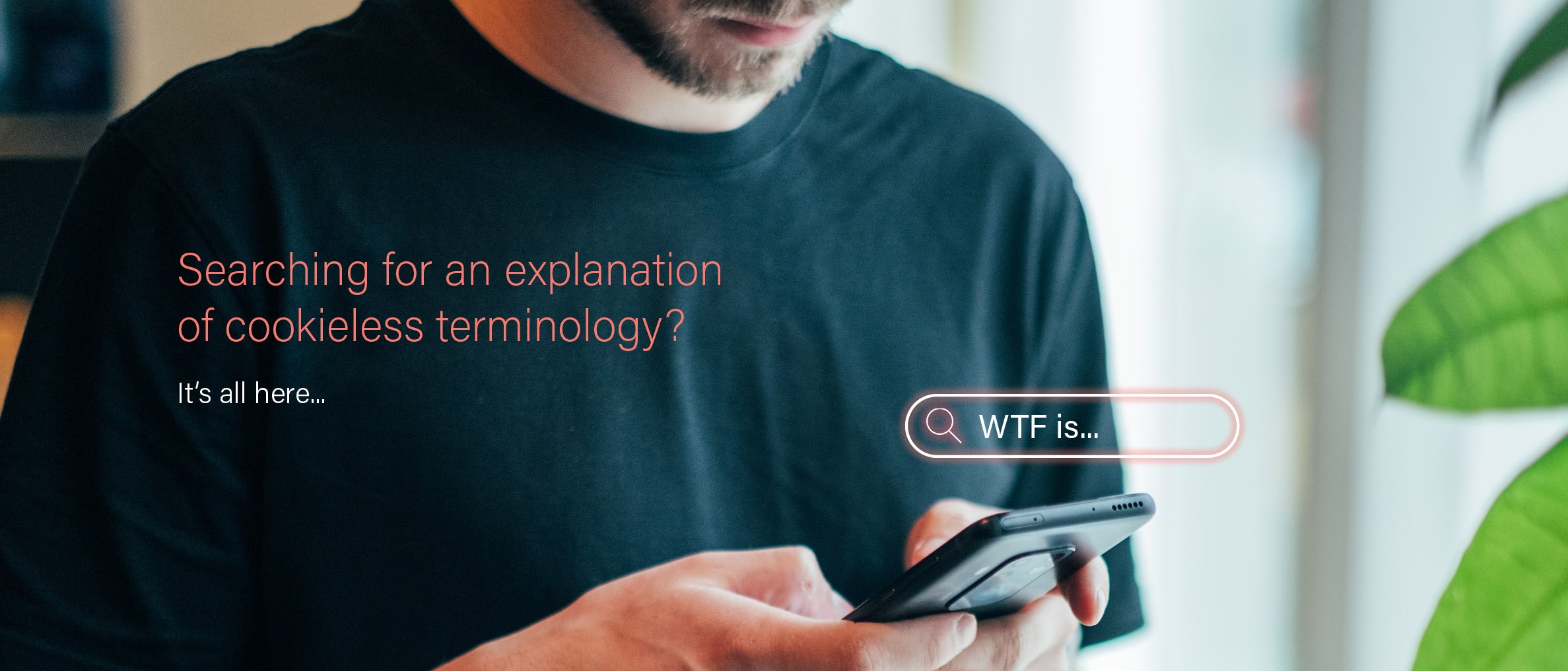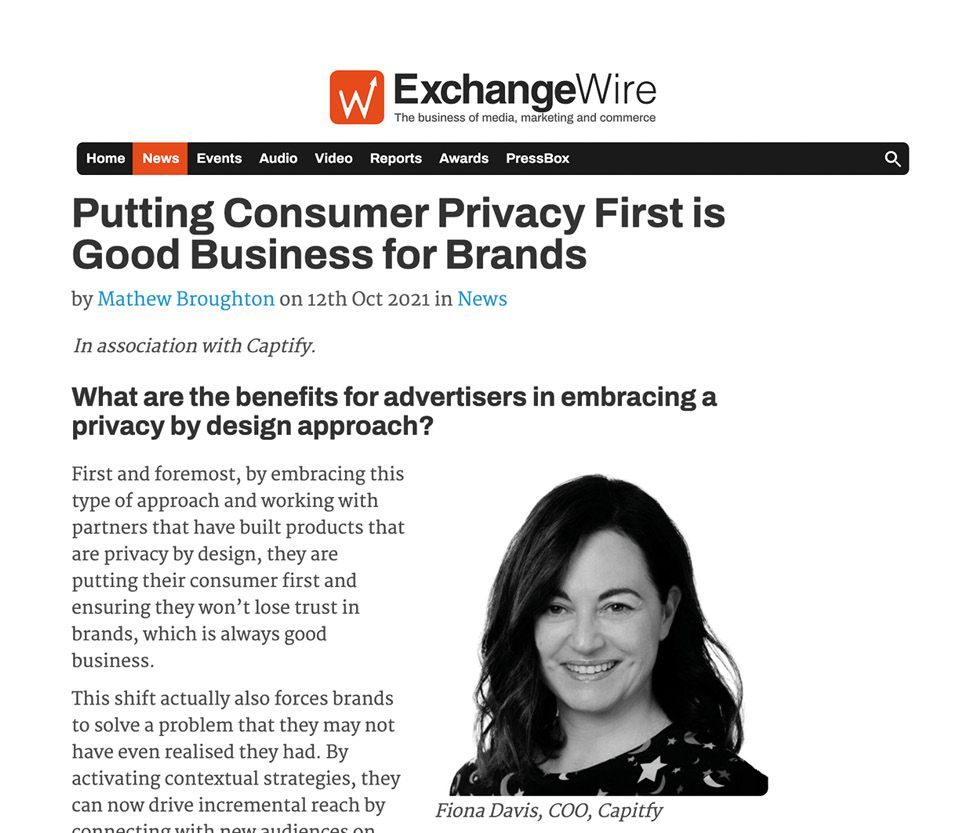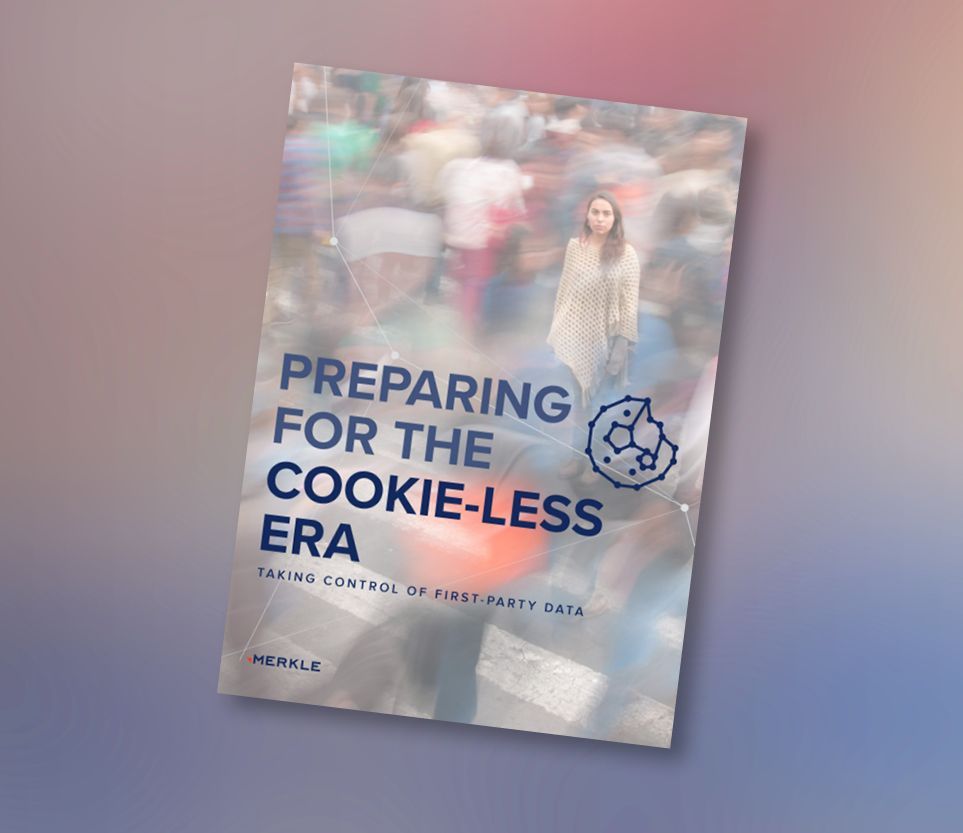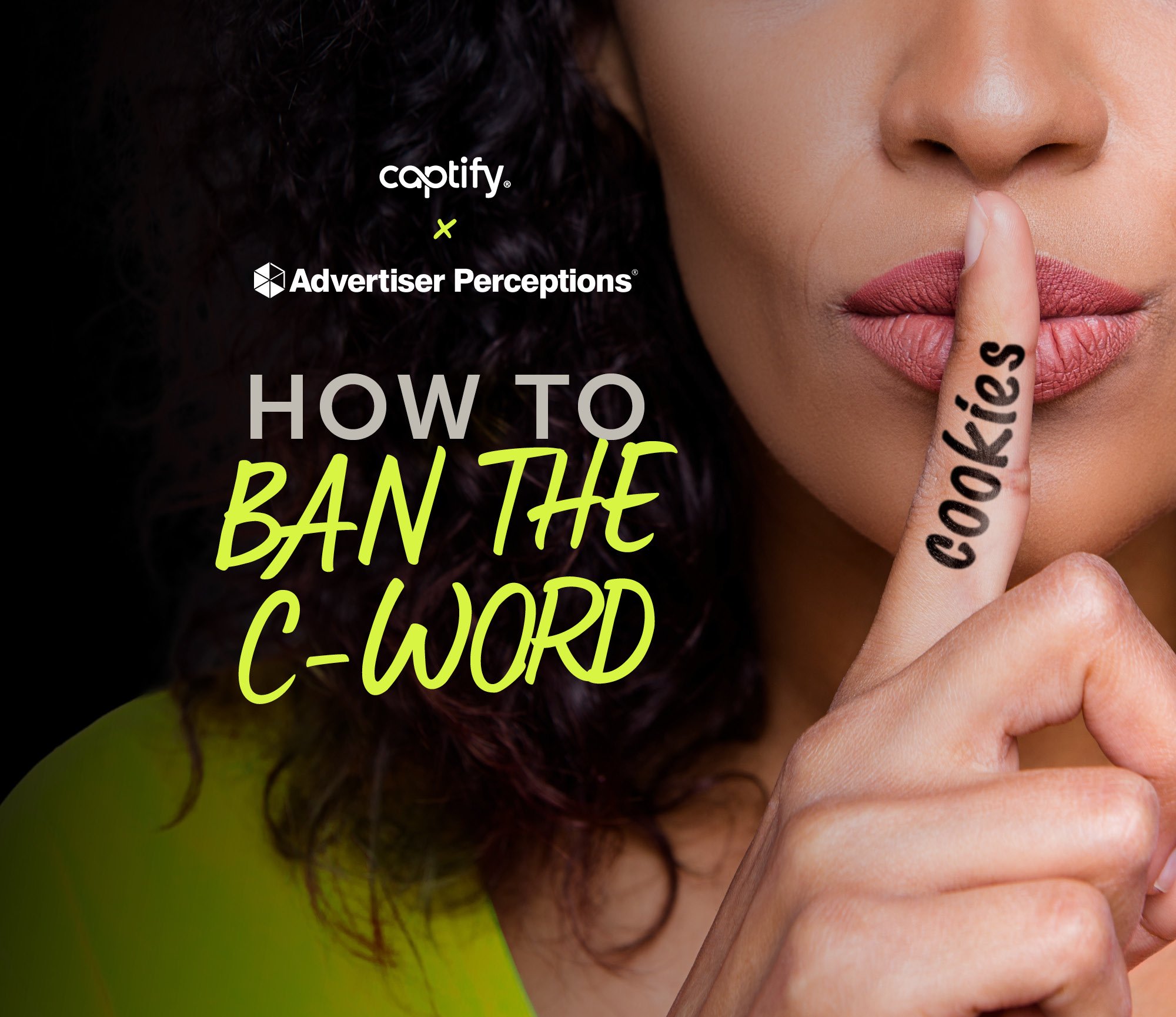DSP? ITP? PMP? If you’re scratching your head over all this ad tech jargon, you’re not alone.
Captify’s ‘WTF is…Glossary’ is the ultimate guide for advertisers looking to get up to speed on the latest cookieless terminology.
Let’s get started:
Addressable Audiences: The proportion of users in bid requests that can be matched to the audiences defined in the audience segments.
Attribution: The process of identifying which impression or click is connected to a consumer and responsible for driving a desired outcome for an ad buyer.
Behavioral Targeting: The practice of advertisers serving ads to consumers based on a set of behaviors, interests, intent, and online activity.
Cookies: HTTP cookies, web cookies, or browser cookies are text files that webpages can store and retrieve on browsers to identify and track a user. First-party cookies are only valid in the context of a domain when it’s visited to collect customer data. Third-party cookies are collected and used by third parties (domains you’re not visiting) for cross-site tracking, ad serving, retargeting, and measurement.
Consent/Consent Signals: The explicit agreement and permission provided by a user for a webpage to collect and share data related to that user’s visit. The main consent signal is the consent ID generated on user acceptance, which can be provided by the data collector to indicate compliance with data consent frameworks such as TCF.
Contextual Advertising and Targeting: The practice of placing ads on web pages based on the content and context of those web pages.
Cookieless Future (No Third-Party Cookies): Cookieless future refers to when Google Chrome stops supporting the ability for web pages to store third-party cookies, which are currently widely used for data classification, activation, and attribution by the digital advertising industry.
Deal ID: This is a unique identifier used by a supply-side platform (SSP) to match inventory supply from a publisher to interested buyers based on a selection of criteria agreed between the two parties. This could include domains on publisher sites, minimum bid price, type of ad units, first-party data, location, etc.
DSP: A demand-side platform (DSP) or buy-side platform is a technology platform used by advertisers to purchase mobile, display, and video advertising in a programmatic marketplace and real-time bidding networks.
GDPR: The General Data Protection Regulation is a European legal framework that regulates the collection and treatment of user data. In particular, it deals with the collection of explicit user consent and the obligations of any party handling user data.
Google’s FLEDGE: The ‘First Locally Executed Decision over Groups Experiment’ is an initiative from the Google Privacy Sandbox based on previous site visits and allows advertisers and publishers to serve behaviorally targeted ads via an on-device auction, without third-party cookies. Buyers can add users of interest into a custom interest group.
Google’s FLoC: The ‘Federated Learning of Cohorts’ is an interest-based solution proposed by Google. Google Cohorts are a subset of people grouped together based on their browsing behaviors, created by the browser itself, and are represented by a single identifier, which is made available to publishers when a user is visiting their page.
Google Sandbox (Privacy Sandbox): When Google announced it would stop supporting third-party cookies, they presented a series of proposals and initiatives designed to help the web ecosystem remain operational while maintaining user privacy. These proposals are grouped under the label ‘Privacy Sandbox’ and address use cases such as behavioral targeting, user retargeting, ad measurement, attribution, or fraud detection. They are discussed within the World Wide Web Consortium (W3C) working groups and will gradually become available through open trials.
IAB Tech Lab: Established in 2014, the IAB Technology Laboratory (Tech Lab) is a non-profit consortium that engages a global member community to develop foundational technology and standards that enable growth and trust in the digital media ecosystem.
Identity (ID): Any piece of data used to draw information about the online activity of a user and segment them into groups of users.
Identity Solution: A service that allows publishers or brands to convert known consumer PII data such as email addresses or phone numbers into an encrypted unique identifier that is privacy compliant and does not rely on third-party cookies. Some ID solutions providers in this space include LiveRamp, The Trade Desk, Zeotap, and ID5.
ITP: Intelligent tracking prevention (ITP) is an Apple initiative that limits the ability of advertisers and site owners to track users across domains.
Open Web: The portion of the web outside of the so-called Walled Gardens, where users can browse independent publisher pages where ads can be served through the display network.
PII: Personally Identifiable Information (PII) is any data that can be used to identify a specific individual. It typically refers to a person’s email address, name, or phone number.
PMP: A private marketplace (PMP) refers to a digital marketplace where advertising is bought and sold programmatically between exclusive parties. Opposed to an open marketplace, where all advertisers have access to inventory across the web, PMPs are invite-only environments where publishers offer premium ad space to quality advertisers.
Publisher Direct Buys: The method of activation where a buyer privately agrees with a publisher on the modalities of access to their inventory, outside of the open exchange.
Server-To-Server (S2S): Server-to-server integration allows a direct connection between two parties to pass data securely without the reliance on a client-side pixel fire. This method allows publishers and brands to securely pass data in real time in a privacy-compliant way, removing any reliance on third-party cookies. This enables advertisers to access richer data sets.
SSP: A supply-side platform or sell-side platform is a technology platform to enable digital publishers to manage their advertising inventory, provide inventory space to relevant buyers, and generate revenue from the buy side platforms.
TCF v2.0: The Transparency and Consent Framework (TCF) v2.0 is set by the IAB Europe and enables consumers to grant or withhold consent, and also exercise their ‘right to object’ to data being processed. Consumers gain more control over whether and how vendors may use certain features of data processing, such as the use of precise geolocation. It is also used by participants within the programmatic ecosystem to streamline their GDPR compliance initiatives.
W3C: The World Wide Web Consortium (W3C) is an international community that develops open standards to ensure the long-term growth of the web.
Walled Gardens: The portion of the web that works as an enclosed ecosystem, where users are typically logged in and allow these ecosystems to gather and control their user information. The main Walled Gardens are Google, Facebook, Amazon and, Apple.



